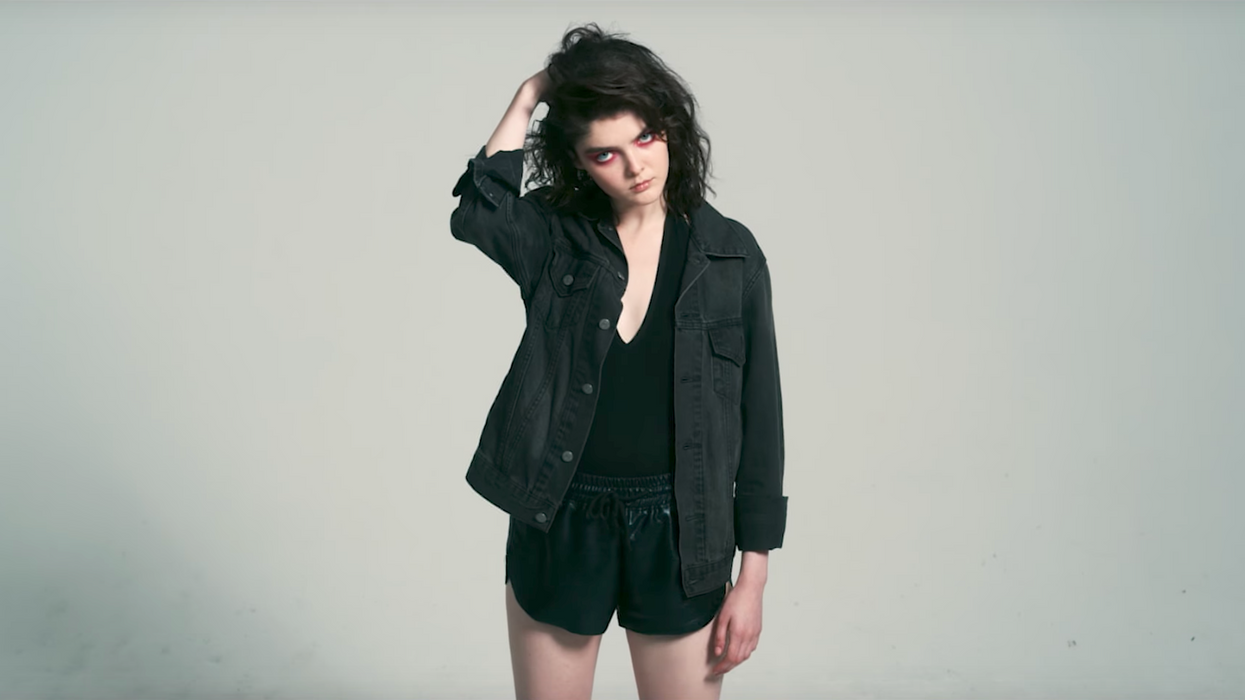Watch: Essential Lighting Tips for Fashion Cinematographers
If you're a DP who is interested in working in high fashion, you might want to learn these 4 lighting tricks.

The world of high fashion may be somewhat alien to most of us, but if you work in commercial filmmaking, you may call elegant all-white sets populated by impossibly attractive models your home away from home. For DPs aspiring to work on commercial fashion projects or those who are just wanting to know how to create the look, fashion cinematographer Kazu Okuda, who has worked with Nike, Vogue, and MOMA, talks with Ted Sim from Aputure and lays out four lighting tips that will help you make your work look more stylish.
As with anything in the arts, there aren't really any hard and fast "rules" when it comes to creating a look—if the director and client are pleased with what you've done, even if it defies convention, then that's really all you need.
However, it's also important to know what those conventions are, as well as the common practices of whichever part of the industry you're working in.
- Frontal key lighting is...key: At the end of the day, the person you're lighting is the vehicle being used to sell a product and they need to be the focus.
- Light for a centralized area: Okuda says there is less blocking in fashion cinematography, so you'll want to allow for more spontaneity by stopping down your lens. This gives you more depth of field to work with which will help you keep your subject in focus as they move around the set.
- Know the attitude of your shoot: Whether you're shooting fashion videos or a narrative feature, you have to know the attitude, or mood, of your shoot in order to light it correctly. This is why gritty crime dramas are lit with lots of contrast and shadows and sitcoms have even, high-key lighting. Let the style of the project guide your lighting choices.
- Eye light/catch light: The more light and contrast you add to your shot, the less catch light you'll get, which is why Okuda always has a small LED light on him in case he needs to add more to his subject's eyes.
Are you a DP who works in fashion? What are some other things new fashion cinematographers should know about lighting? Share your tips down in the comments.
Source: Aputure













